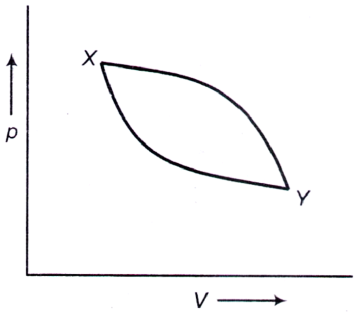For a two-dimensional free electron gas, the electronic density n, and the Fermi energy EF, are related by
A. $$n = \frac{{{{\left( {2m{E_F}} \right)}^{\frac{3}{2}}}}}{{3{\pi ^2}{\hbar ^3}}}$$
B. $$n = \frac{{m{E_F}}}{{\pi {\hbar ^2}}}$$
C. $$n = \frac{{m{E_F}}}{{2\pi {\hbar ^2}}}$$
D. $$n = \frac{{{2^{\frac{3}{2}}}{{\left( {m{E_F}} \right)}^{\frac{1}{2}}}}}{{\pi \hbar }}$$
Answer: Option C


Join The Discussion